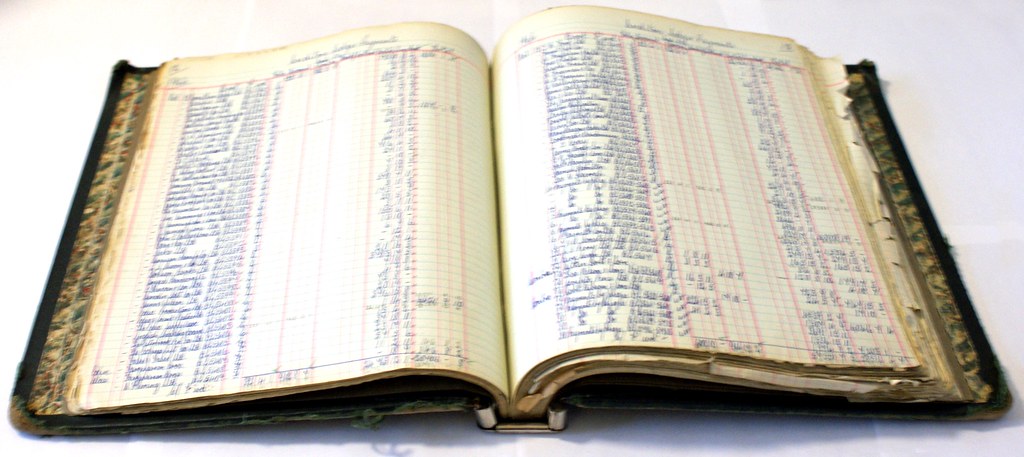Let’s start off by asking “What is a SKU?”. SKU stands for Stock Keeping Unit. It is an internal code used for identifying your products. This can be anything you want but here’s some tips to simplify your life (and ours).

Keep it simple
Try to keep the length of your SKU as short as possible. Using a very long SKU like MS60-QVCW-1VKU-UFBC is only going to help if you have millions of SKUs and utilize a system to keep track of everything. Imagine having a customer trying to tell you that SKU over the phone.
Make it descriptive
Let’s use clothing as an example. You have 2 styles of shirts in 3 colors and 3 sizes. Your SKUs could look something like this:
- BLUECREWS
- BLUECREWM
- BLUECREWL
and so on. By following this convention, it will be very easy to tell what the product is without having to look at the description. You can use that field for display on your website or printed materials.
Don’t confuse it
SKUs are completely different from UPC codes. UPC stands for Universal Product Code. I know, saying UPC code is like saying ATM machine but I digress. Your SKUs are for your benefit and the UPC codes are for machines.
If you’re just starting your business, you will benefit immensely by following these three tips. What if you already have an established business with hundreds if not thousands of SKUs? Well, if you’re using a digital format of any type, you can pull your SKUs into Excel and just start working away it. There are some formulas out there that you could use to distill your product descriptions or you could just do it manually.
Whatever you decide to do, we hope this little nugget of knowledge helps. If you have any questions about this, feel free to contact us.